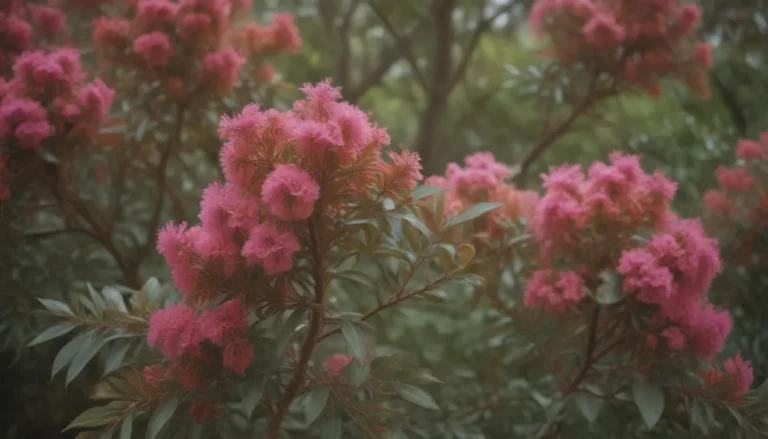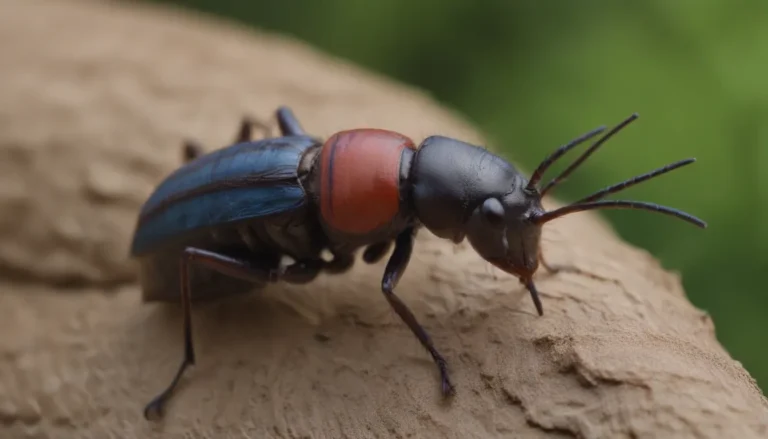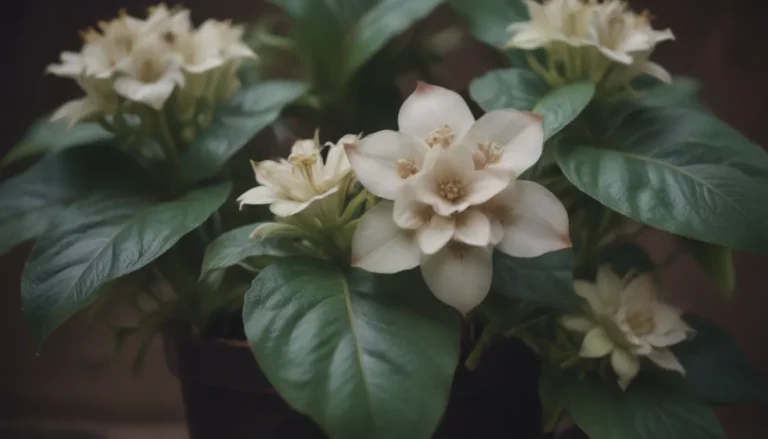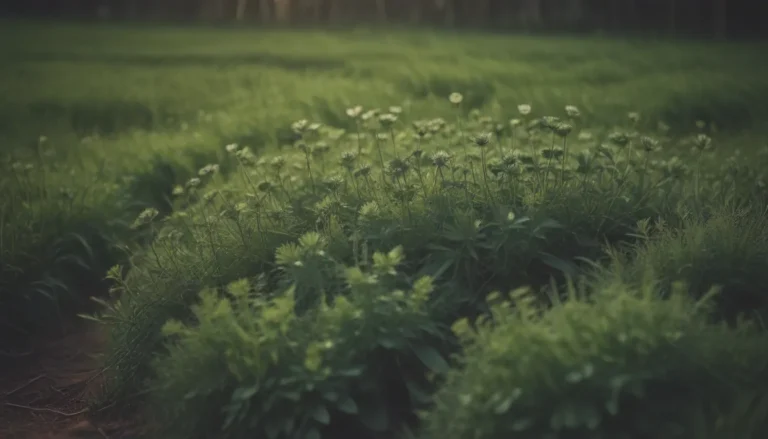The Ultimate Guide to Growing and Caring for Gloriosa Lily
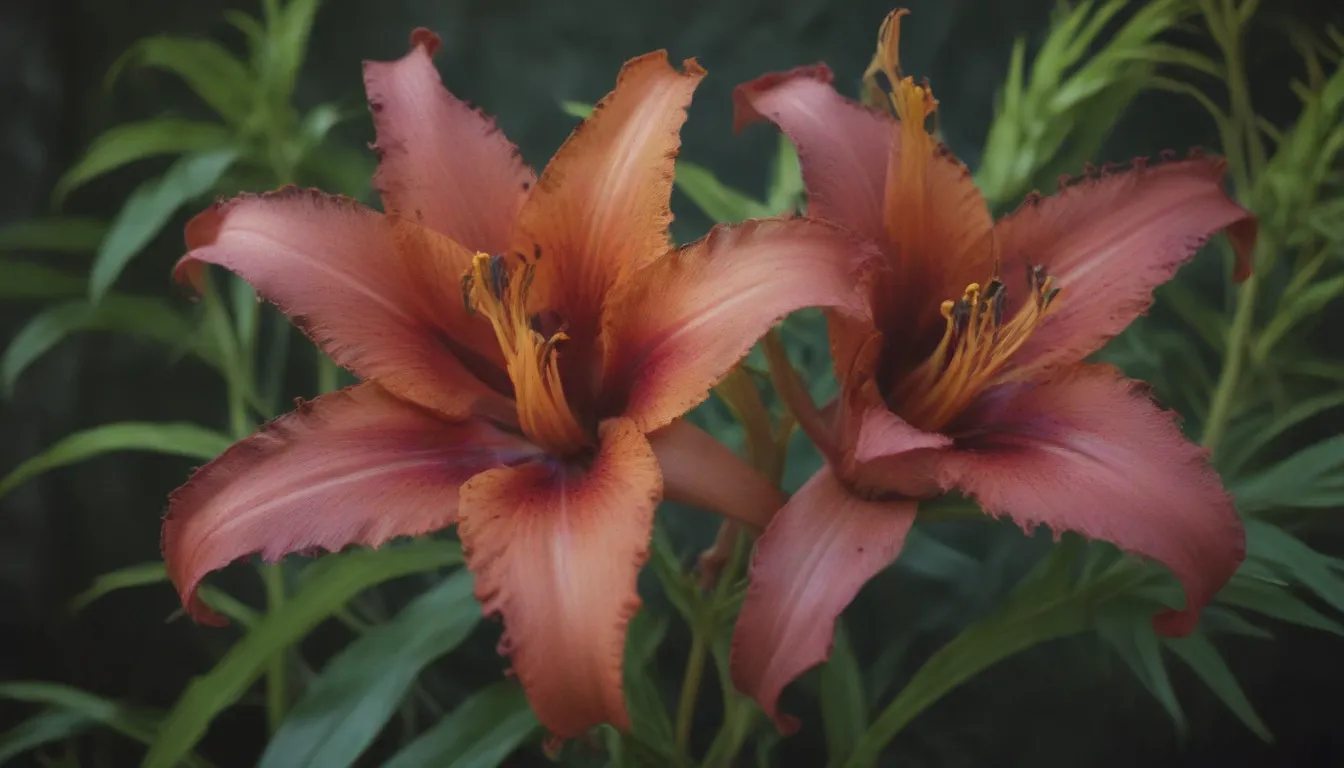
Are you looking to add a touch of exotic beauty to your garden? Consider growing the stunning gloriosa lily. This vibrant plant, also known as Gloriosa superba, is a popular choice for gardeners looking to add a splash of color to their outdoor spaces. In this comprehensive guide, we will explore everything you need to know about growing and caring for gloriosa lily to help you successfully cultivate this eye-catching plant in your own garden.
Understanding Gloriosa Lily
Gloriosa lily is a unique plant that is grown as a perennial in warmer zones. However, in colder regions, it can be grown as an annual or the tubers can be dug up and stored for the winter to be replanted in the spring. This versatile plant thrives in a variety of light levels and soil types. It belongs to the Colchicaceae family, containing the alkaloid colchicine in all parts, especially in the tubers, making it highly toxic to humans and animals.
Gloriosa Lily Care
To ensure your gloriosa lily thrives and blossoms beautifully, it is essential to provide it with the proper care. Here are some key care requirements to keep in mind:
Light
- Gloriosa lily grows best in full sun to partial shade.
- In hot, dry climates, provide some protection from the hot afternoon sun, such as dappled shade.
- Shadier conditions may result in reduced flowering.
Soil
- The soil should be rich and well-draining, ideally sandy or loamy.
- Enrich the soil with organic matter for optimal growth.
- Gloriosa lily thrives in neutral to slightly acidic soil.
Water
- Maintain even moisture during the growing season from spring to fall.
- Water regularly in the absence of rain, ensuring good drainage to prevent waterlogging.
Temperature and Humidity
- Gloriosa lily thrives in moderate daytime temperatures around 70 degrees Fahrenheit and cool nights around 60 degrees Fahrenheit.
- Avoid planting in hot, arid climates.
- High humidity, resembling the monsoon seasons in its native habitat, is beneficial for the plant.
Fertilizer
- Fertilize with a diluted complete fertilizer once a month during the growing season.
- Avoid over-fertilization, as it may lead to excessive foliage growth at the expense of flowers.
Types of Gloriosa Lily
In addition to the species form with bright red petals edged in yellow, there are several named cultivars of gloriosa lily that offer unique flower variations. Some popular cultivars include ‘Citrina,’ ‘Grandiflora,’ ‘Lutea,’ ‘Rothschildiana,’ ‘Greenii,’ ‘Simplex,’ and ‘Himalayan Select.’
Propagating and Growing Gloriosa Lily
Propagating Gloriosa Lily
- Gloriosa lily is propagated from tuberous roots, which can be divided every three years or so.
- Plant fat, healthy tubers about four inches deep for optimal growth.
- Tuber growth can accelerate with warming weather, producing flowers in the first season.
Growing Gloriosa Lily From Seed
- While dividing tubers is faster and ensures identical plants, gloriosa lily can also be grown from seed.
- Seed propagation is slower, taking up to three years for flowering to occur.
- Plants grown from seeds may not be true to the parent plant if gathered from named cultivars.
Potting and Overwintering
Potting Gloriosa Lily
- Growing gloriosa lily in containers is recommended, especially in cool climates with subzero winters.
- Use a well-draining potting mix in containers with drainage holes.
- Provide climbing support for leaf tendrils to cling to as the plant grows.
Overwintering Gloriosa Lily
- In cold-winter regions, treat gloriosa lily as an annual or store tubers for replanting in the spring.
- For container-grown plants, move them to a sheltered location or indoors during frosty temperatures.
Common Pests and Plant Diseases
While generally trouble-free, gloriosa lily may occasionally be affected by pests and diseases such as aphids, anthracnose, and root rot, requiring prompt attention and intervention.
Encouraging Blooms and Common Problems
How to Get Gloriosa Lily to Bloom
- Ensure proper sunlight and avoid over-fertilization for abundant blooming.
- Monthly feeding with a diluted fertilizer can promote more blooms.
- Deadhead spent flowers to maintain plant aesthetics and encourage further blooming.
Common Problems with Gloriosa Lily
- Excessive sun exposure in hot climates may cause pale leaves, while underwatering can lead to brittle, brown leaves.
- Monitor plant health and adjust care accordingly to prevent issues.
By following these care tips and guidelines, you can enjoy the vibrant beauty of gloriosa lily in your garden, creating a stunning focal point that will captivate all who see it. Remember to handle this toxic plant with care and always prioritize safety when caring for it.
Whether you are a seasoned gardener or new to the world of plant cultivation, growing gloriosa lily can be a rewarding experience. With proper care and attention to its unique needs, you can enjoy the spectacular blooms of this exotic plant year after year. Happy gardening!


